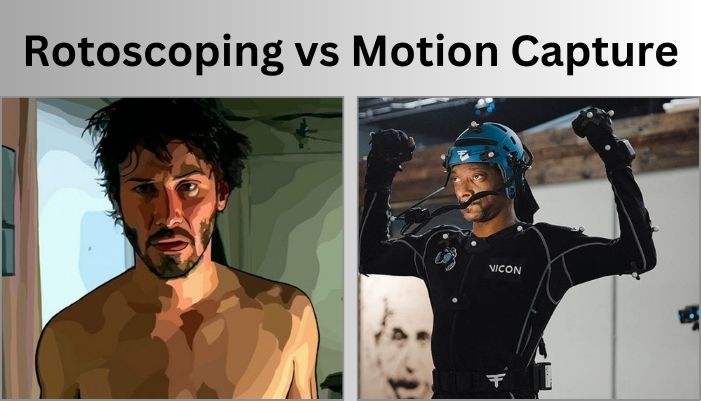Today, storytellers have many options for bringing a story to life through animation and visual effects. Two of these techniques are worthy of note: rotoscoping and motion capture. Each has its own advantage in converting real movements to digital animation.
Technology has shaped entertainment in both directions — these powerful tools were harnessed to create entertainment in addition to the changing tech, as the two developed hand in hand. Once creators think of their projects, understanding these methods becomes necessary to align the present and future.
Creative Approach
The fundamental process in each technique manifests itself in a very interesting way in animation creation. Rotoscope animation is the act of drawing each frame of live footage manually, breathing life into each frame through extensive work. Digital tools now support this traditional method, and so its precision and efficiency are greater.
Motion capture uses highly sophisticated sensor systems to record performers’ movements. Markers are placed on physical machines, and specialized cameras track these marker positions, which are then converted into digital data. Automated movement recording is the basis of this technological approach for streamlining the process of animation.
Resource Allocation
However, the two animation methods differ significantly in terms of their respective financial considerations. Rotoscoping is low cost and small in equipment investment, with artistic talent and time being the only things required. The technical requirements can be simply made up of basic recording devices and animation software.
Motion capture systems require up-front spending on specialized equipment and necessary space. However, motion capture’s efficient recording process is helpful for long-term projects. Due to these financial dynamics, project planning and resource management decisions are based on them.
Creative Freedom
There is a great difference in the flexibility of animation style between them. Rotoscoping frees the artist to imagine movements in her own idiosyncratic and imaginative way. There are chances to make the original performance more or more creative in each frame.
In motion capture, movement is more important and needs to be accurate rather than artistic interpretation. However, the captured data must be ‘post processed’ to make artistic modifications possible. For projects searching for a specific visual signature, rotoscoping’s creative possibilities tend to be attractive.
Production Timeline
Considerations for time management uncover different workflow patterns between the two methods in use. Rotoscoping is time-consuming and requires a large amount of artistic refinement. It takes significant attention to keep a mind on making the briefest of sequences.
Real-time performance capture helps accelerate the front end of a recording, namely an initial motion capture. As expected, the actual timeline for data cleanup is less time-consuming than for rotoscoping. The two of these approaches are often used depending on the project schedule.
Movement Detail
The final animation uses each of these techniques to handle performance differently. Motion capture technology is especially adept at catching such details and the flow of performance and motion. Directly, facial expressions and small gestures are transferred to digital characters.
As a result, Rotoscoping goals capture movement accuracy while keeping the artistic part in the hand. They are capable of moving naturally, but the emphasis turns toward style. Combining these distinctions allows character animation to be approached differently for different projects.
Production Scale
Each animation method is less or more effective depending on the project size. In current practices, motion capture systems are particularly useful when multiple characters are involved in a large-scale production. As the needs broaden across content creation, the initial technology investment is becoming cheaper.
However, rotoscoping offers good solutions in focused sequences or smaller productions. It plays to its advantage in terms of supporting independent films and specialized segments. It makes a difference in understanding what technique would be suitable for understanding project scope.
Technical Framework
This determines distinct production environments for each method. Both types of rotoscoping maintain relatively simple technical needs in terms of supporting digital art tools. Regular computer and software setups enable expanding possibilities for remote work.
Motion capture operations require dedicated facilities and specialized technical knowledge. System maintenance and calibration demand ongoing attention and expertise. These technical considerations influence production planning and team organization.
Conclusion
Rotoscopy has the potential for artistic flexibility and relatively low barriers to entry for smaller, style-focused projects. Motion capture is efficient and, more broadly, movement-accurate, making it a valuable proposition for larger productions.
There are projects where both approaches are combined properly to yield the best possible results. Selecting a technique is all about matching it with particular project requirements to achieve success.



